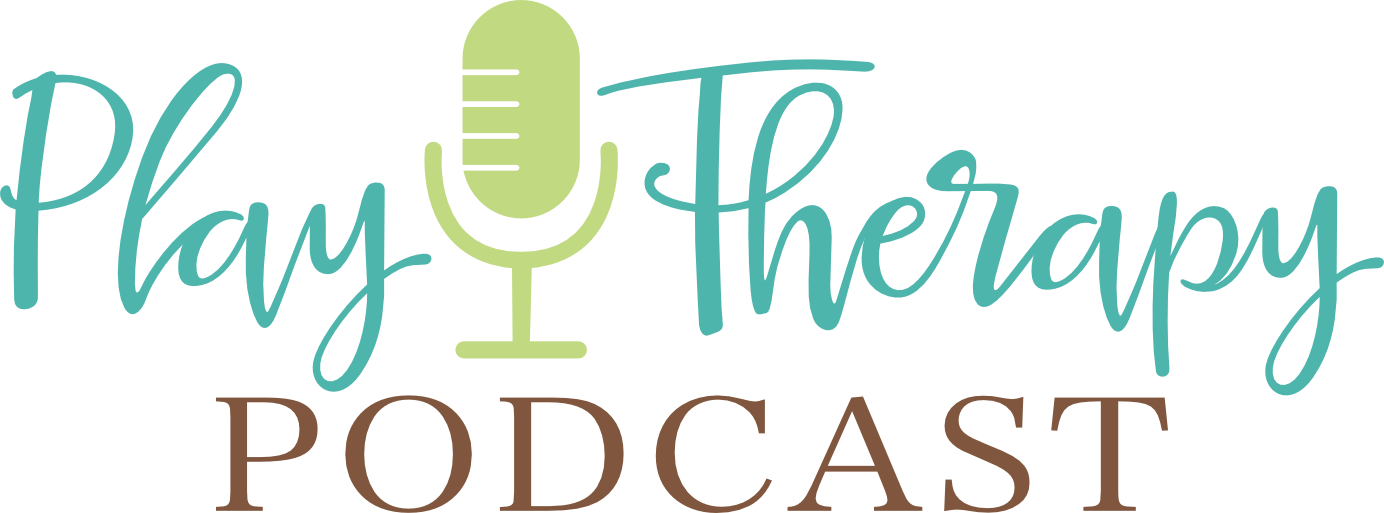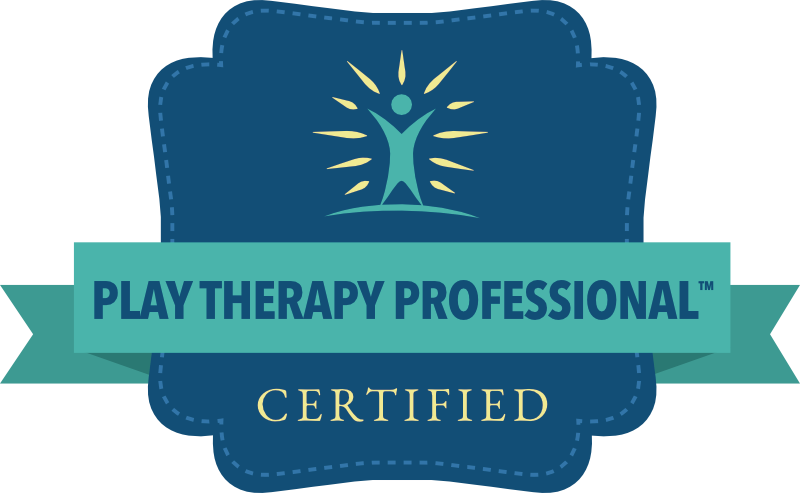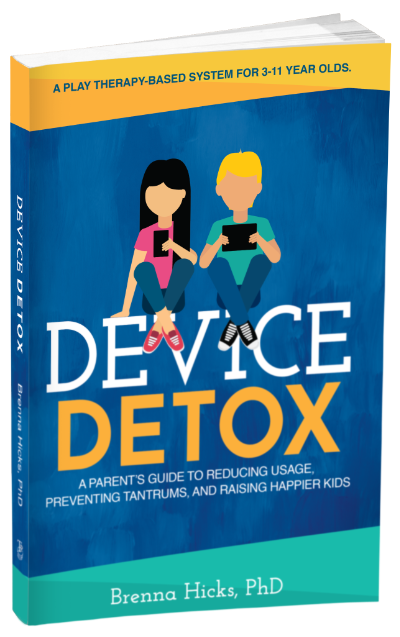The Indescribable Moments in Child-Centered Play Therapy
In this final episode of the Summer School Series on the Play Therapy Podcast, I delve into the profound insights from Garry Landreth’s The Art of the Relationship. As we wrap up this series, I explore Landreth’s reflections on the dynamic nature of child-centered play therapy (CCPT), emphasizing the importance of presenting our authentic selves to truly connect with and understand the child. I discuss how CCPT allows therapists to experience the child’s world while receiving the delicate and subtle messages that reveal the uniqueness of each child’s personality.
I also highlight Landreth’s perspective on the complexity of the therapeutic relationship and how the experiences shared between therapist and child during play therapy are indescribable and can only be fully understood within the context of that relationship. This episode serves as a powerful reminder of the beauty and depth of CCPT, as well as the privilege we have as therapists to engage in this work.
Episode Reference:
Landreth, G.L. (2023). Play Therapy: The Art of the Relationship (4th ed.). Routledge.
Sign up for my exclusive newsletter at playtherapynow.com. Stay ahead with the latest CCPT CEU courses, personalized coaching opportunities and other opportunities you need to thrive in your CCPT practice!
Ask Me Questions: Call (813) 812-5525, or email: [email protected]
Brenna’s CCPT Hub: https://www.playtherapynow.com
CCPT Collective (online community exclusively for CCPTs): https://www.ccptcollective.com
Podcast HQ: https://www.playtherapypodcast.com
APT Approved Play Therapy CE courses: https://childcenteredtraining.com
Twitter: @thekidcounselor https://twitter.com/thekidcounselor
Facebook: https://facebook.com/playtherapypodcast
The Power of Authentic Connection in Child-Centered Play Therapy
As we conclude our Summer School Series on seminal texts in child-centered play therapy (CCPT), I want to explore some profound insights from Garry Landreth’s The Art of the Relationship. In this final podcast of the series, we delve into the essence of what makes CCPT so powerful—the authentic connection between therapist and child. Landreth’s reflections serve as a guiding light, reminding us of the deep and dynamic nature of the therapeutic relationship.
Understanding the Dynamic Nature of CCPT
In The Art of the Relationship, Garry Landreth describes child-centered play therapy as a “dynamic approach to counseling with a child” (Landreth, 2023.) This dynamic nature is rooted in the reciprocal exchange between therapist and child—the ebb and flow of thoughts, feelings, and experiences that form the foundation of the therapeutic relationship. Landreth emphasizes that this process allows the therapist to fully experience the child’s world while simultaneously presenting themselves authentically to the child.
This concept of “venturing forth in the process of presenting the person I am” is central to CCPT (Landreth, 2023.) It requires the therapist to make a conscious choice to engage with the child in a vulnerable and congruent manner. Only by doing so can we truly open ourselves to receive the “delicate and subtle messages communicated by the child” (Landreth, 2023.) These messages, often hidden beneath the surface, reveal the uniqueness of each child’s personality and provide invaluable insights into their inner world.
The Importance of Being Present and Attuned
One of the most critical aspects of CCPT is the therapist’s ability to remain present and attuned to the child. Landreth reminds us that these delicate and subtle messages from the child are not always obvious. They require us to be fully engaged and attentive, avoiding distractions and being completely in the moment with the child. This level of attunement allows us to pick up on the nuances of the child’s play and behavior, leading to a deeper understanding of their needs and emotions.
A therapist must be intentional in noticing the subtle cues a child provides during play (Landreth, 2023.) These cues are often delicate, requiring the therapist to slow down, pay attention, and fully engage with the child.
Children as Independent Beings with Unique Reactions
A key point Landreth makes is that “children are real people, not simply appendages of those adults around them” (Landreth, 2023.) This statement underscores the importance of recognizing children as independent beings with their own thoughts, feelings, and reactions. Landreth challenges the assumption that a child’s emotional response is merely a reflection of the adults around them, highlighting that children can and do experience emotions independently.
This understanding is crucial in CCPT, where we must approach each child as an individual with a unique personality and emotional landscape. The assumption that a child’s reaction will mirror that of a calm or anxious parent is not always accurate. Instead, Landreth encourages us to recognize that children have their own ways of processing and reacting to the world around them, which may differ significantly from the adults in their lives.
The Indescribable Nature of the Therapeutic Relationship
Landreth concludes with a powerful statement about the complexity and beauty of the therapeutic relationship in play therapy. The true essence of these relationships can only be fully understood in the context of the shared moments between therapist and child (Landreth, 2023.) These moments are often indescribable, known only to those who experience them firsthand.
The process of relating to a child who is given permission to be themselves is something that words cannot fully capture. It is in these shared moments of connection that the true power of CCPT is revealed. As therapists, we are privileged to witness and participate in these moments, which are the heart and soul of our work.
The Lasting Impact of Child-Centered Play Therapy
As we wrap up this Summer School Series, it is clear that Garry Landreth’s reflections in The Art of the Relationship offer timeless wisdom for those of us practicing CCPT. The authentic connection we form with children, grounded in vulnerability, attunement, and respect for their individuality, is what makes this approach so powerful. These relationships are not just therapeutic; they are transformative, offering children a safe space to explore, grow, and be themselves.
Thank you for joining me on this journey through the foundational texts of child-centered play therapy. I hope these insights have deepened your understanding of the practice and inspired you to continue this meaningful work with renewed passion and purpose.
Reference
Landreth, G. L. (2023). *Play Therapy: The Art of the Relationship (4th ed.). Routledge.








